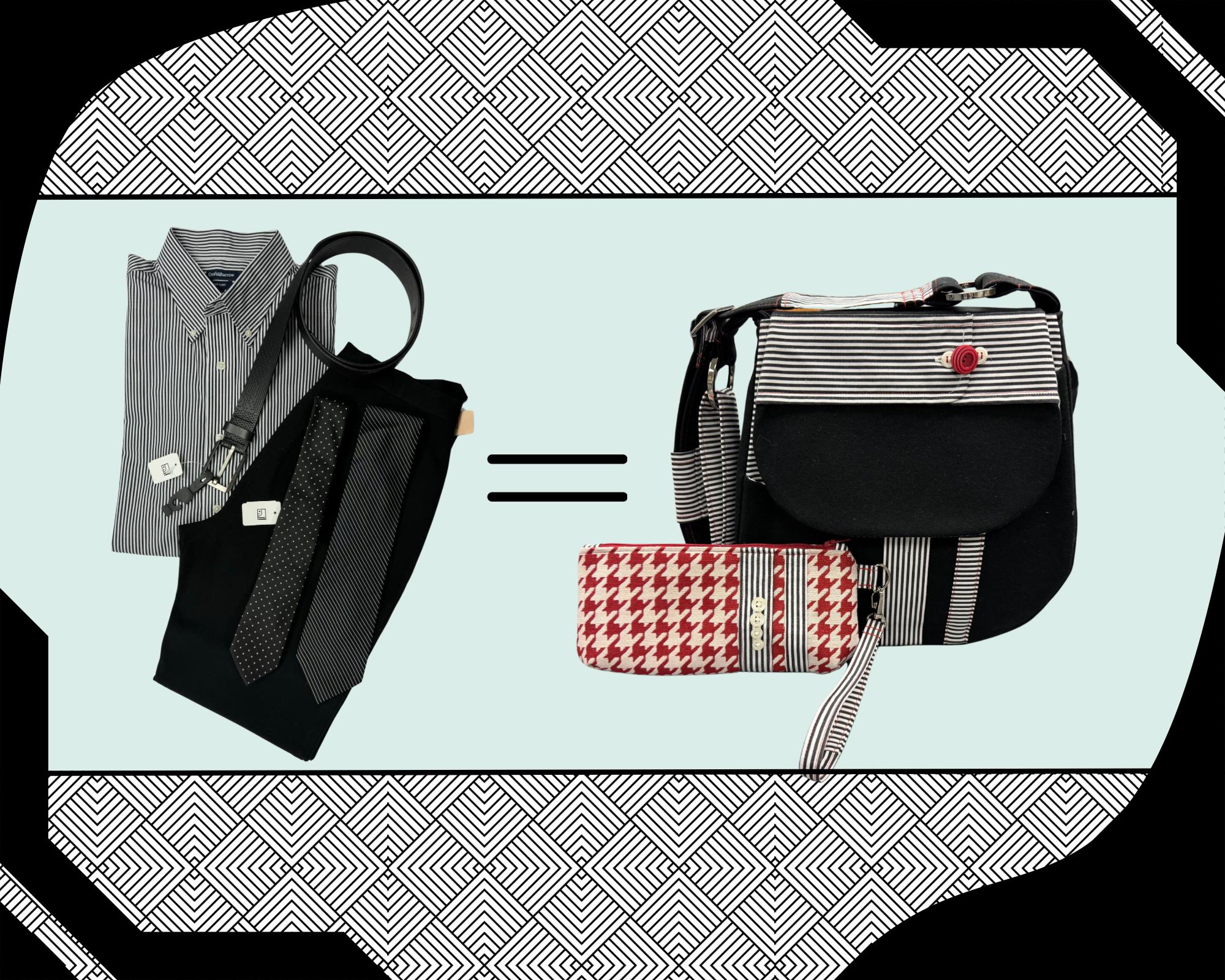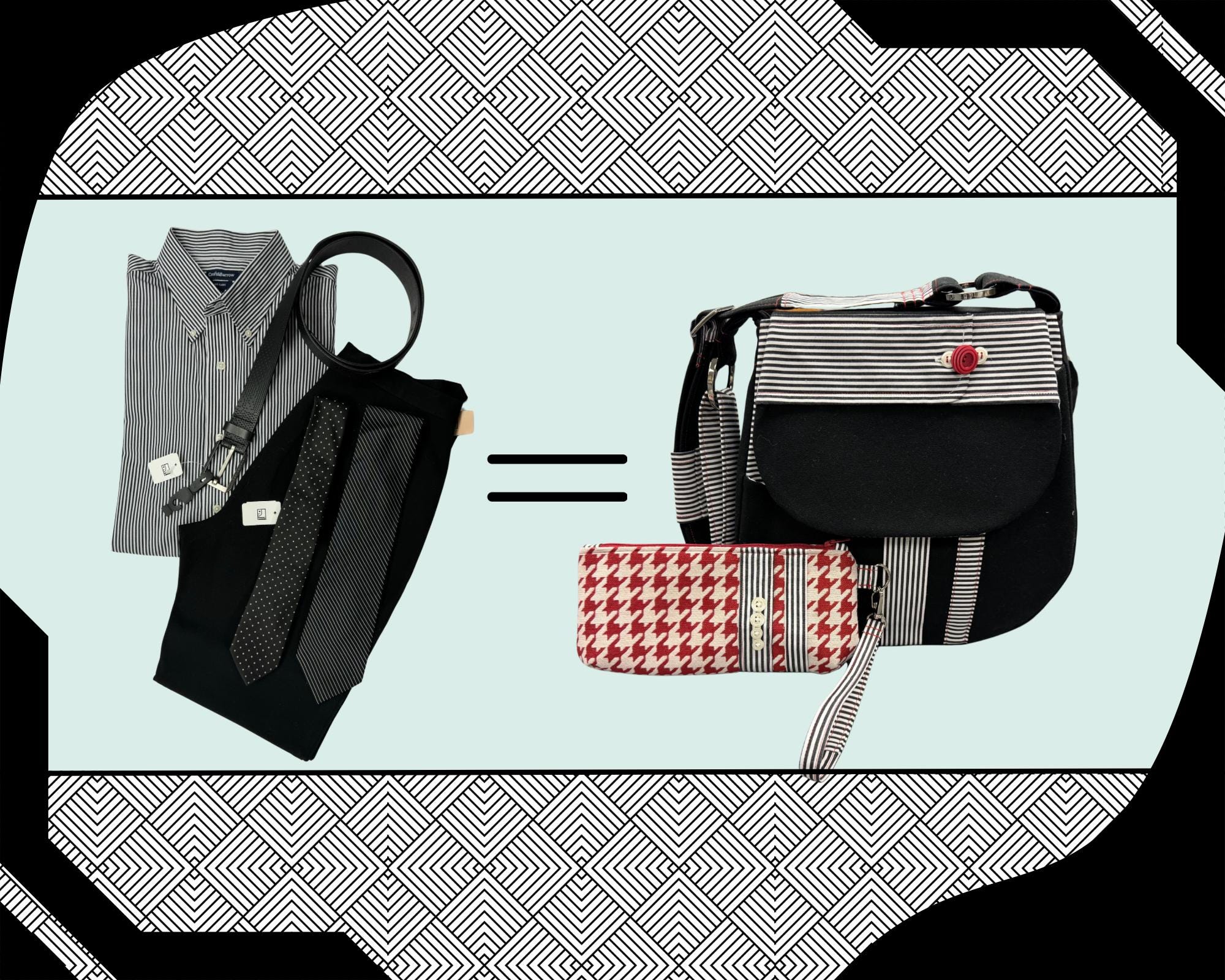
From Trash to Treasure: How Upcycling Builds a Better World
In a world increasingly choked by overconsumption and overflowing landfills, the simple act of turning discarded materials into something new and beautiful—known as upcycling—has emerged as a beacon of hope. Unlike recycling, which often involves breaking down materials and using energy to reform them, upcycling reimagines the potential of what already exists. It’s a process of transformation that’s creative, sustainable, and empowering—not only for the environment but also for communities and small businesses seeking to make a difference.
What Is Upcycling?
Upcycling is the art and science of taking old, unwanted items and giving them a second life as products of higher value. Whether it’s turning worn-out jeans into chic tote bags, using pallet wood to create rustic furniture, or transforming vintage sari fabric into stunning dresses, upcycling is rooted in both innovation and respect for resources.
While recycling typically downcycles materials (turning plastic bottles into lower-quality plastic, for example), upcycling often maintains or even enhances the value of the original material. It’s about working with what we have rather than discarding it—and in doing so, creating less waste and more wonder.

**This is an Upcycling Challenge I did in my Interior Design Course. I turned a men's shirt and a pair of women's pants, and an upholstery sample into a gorgeous purse set.
Why Upcycling Matters
1. Environmental Benefits
The fashion industry alone is responsible for approximately 10% of global carbon emissions and is the second-largest consumer of water worldwide (UNECE, 2018). When garments are upcycled, they’re diverted from landfills and given a new purpose, reducing the need for virgin materials and the pollution that comes with them.
Landfills release methane, a greenhouse gas far more potent than carbon dioxide, and leach toxins into the soil and groundwater. By minimizing waste, upcycling helps mitigate these environmental hazards.
2. Economic Empowerment
Upcycling also supports local economies and artisans. Many small businesses and craftspeople rely on upcycled materials to create unique, handmade goods. These products often tell a story—each stitch, brushstroke, or weld becomes a celebration of resourcefulness and resilience.
In developing countries, upcycling has become a vital income stream for communities, allowing people to build livelihoods by turning waste into wearable art, home decor, or practical tools. It fosters self-reliance while combating global waste.
3. Cultural Preservation and Creativity
Upcycling often incorporates traditional craft techniques with modern aesthetics, preserving cultural heritage while adapting to contemporary needs. It’s a creative act that encourages storytelling, self-expression, and innovation.
From Japanese boro textiles, mended over generations, to African artisans repurposing oil drums into vibrant sculptures, upcycling bridges the past and future through the language of design.
4. Shift in Mindset
Ultimately, upcycling is a mindset. It challenges the throwaway culture and invites us to see potential where others see garbage. It reframes our relationship with consumption and nudges us toward sustainability, mindfulness, and stewardship of the Earth.
As artist and designer William McDonough puts it, “Waste equals food.” This principle, drawn from cradle-to-cradle design thinking, encourages us to design products and systems where materials continuously circulate rather than terminate in landfills (McDonough & Braungart, 2002).
How You Can Start Upcycling
1. Rethink Your Waste: Before throwing something away, ask yourself: could this be repaired, repurposed, or transformed?
2. Shop Mindfully: Support businesses and artists who create products from upcycled materials. These purchases reduce your environmental footprint and support sustainable livelihoods.
3. Get Creative: Upcycling is a great way to explore your creativity. Try turning an old T-shirt into a market bag, broken ceramics into mosaic art, or glass jars into planters.
4. Host a Community Swap or Workshop: Upcycling is even more powerful when shared. Organize local events to trade materials, teach skills, or create collaborative upcycled art projects.
Upcycling as a Movement
Upcycling is more than a trend—it’s part of a growing movement toward a circular economy, where products and materials are designed to be reused, repaired, and reinvented. It’s a philosophy that aligns with indigenous wisdom, regenerative design, and deep ecology.
In this sense, upcycling isn’t just about making cool stuff. It’s about healing our connection to the Earth, valuing what we already have, and reimagining waste as a resource. It’s about transforming not just materials—but mindsets, industries, and communities.
From trash to treasure isn’t just a saying—it’s a solution.
Works Cited
McDonough, William, and Michael Braungart. Cradle to Cradle: Remaking the Way We Make Things. North Point Press, 2002.
UNECE. “Fashion and the SDGs: What Role for the UN?” United Nations Economic Commission for Europe, 1 Jan. 2018, https://unece.org/fashion-and-sdgs.
United Nations Environment Programme. “Putting the Brakes on Fast Fashion.” UNEP, 12 Nov. 2018, https://www.unep.org/news-and-stories/story/putting-brakes-fast-fashion.
Wrap. “Valuing Our Clothes: The Cost of UK Fashion.” Waste and Resources Action Programme, July 2017, https://wrap.org.uk/resources/report/valuing-our-clothes-cost-uk-fashion.
The Ellen MacArthur Foundation. “A New Textiles Economy: Redesigning Fashion’s Future.” Ellen MacArthur Foundation, 2017, https://ellenmacarthurfoundation.org/a-new-textiles-economy.
